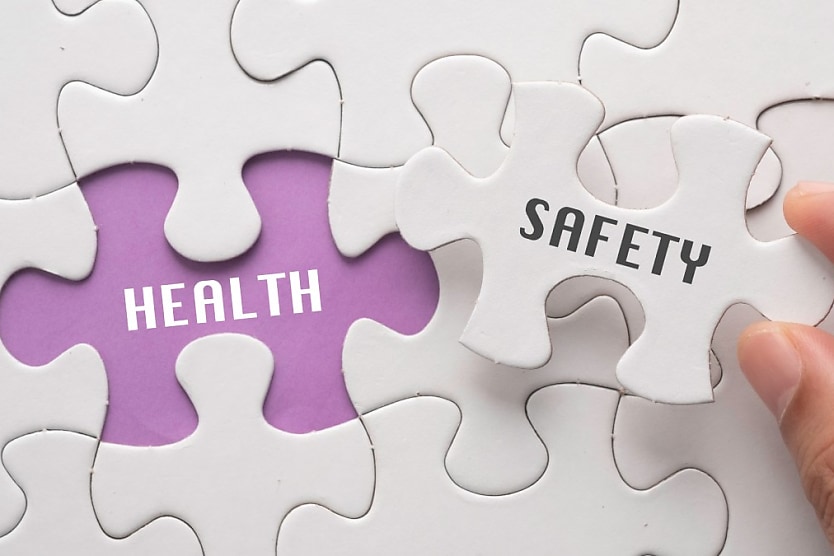Health and safety when working from home: How does it work?
SHARE THIS ARTICLE

As the line becomes blurred when it comes to the workplace, how do health and safety measures fit into the equation when an employee is working from home?
HR Leader recently spoke to Kerry Kingham, chief executive of The Chooze Shop, about the importance of health and safety measures. The conversation took an interesting turn when the topic of hybrid working models was brought up.
It is a perplexing thought: how do organisations ensure that health and safety measures and policies are being followed when employees are, in fact, working from the vicinity of their home? Do organisations even need to enforce these measures when employees are WFH? It’s an interesting topic.
Kingham explained that it comes down to a split in accountability between both the employer and the employee: “People want to work from home, but they also need to understand that if they’re going to do that, they have to have a proper desk set up. You have to make sure they’ve got the right insurances.”
“You need to make sure that if they’re in an environment where they’re going to be perhaps exposed to weather or things like that, that they’ve got appropriate protections in place.”
There are other issues that can arise when working from home, in terms of health problems and physical problems from not having the proper equipment for your working-from-home set-up.
“What you don’t think about is if you’re just sitting on a laptop on a screen all day and you haven’t got an ergonomic set-up on your desk and you end up with neck problems or back problems or perhaps repetitive strain injury. The employer is still responsible, so they have to actually make sure that you are provided with perhaps a portable sit-stand desk,” said Kingham.
Kingham spoke of an example that she made her workers do to ensure that they had a safe and healthy working-from-home set-up that wouldn’t cause any short-term or long-term health implications.
“We actually said that on their work laptop, they needed to do a runaround with the camera to show how the desk was set up. And then, they signed a form saying they would be working in that environment. Now, it’s still not foolproof, but it shows that you’re putting the right effort into making sure that their desk is set up properly,” said Kingham.
“As an employer, you’ve still got a responsibility to make sure that the environment your team is working in meets all those work health safe requirements.”
It is a new terrain, but as Kingham stated, it is still the responsibility of the employer to ensure that health and safety measures, to a certain degree, are still being followed when their employees are working from home. Doing your due diligence as an employer means regularly checking in on their set-up and making sure that they’re not putting themselves in compromised positions.
The transcript of this podcast episode was slightly edited for publishing purposes. To listen to the full conversation with Kerry Kingham, click below:
RELATED TERMS
An employee is a person who has signed a contract with a company to provide services in exchange for pay or benefits. Employees vary from other employees like contractors in that their employer has the legal authority to set their working conditions, hours, and working practises.
Kace O'Neill
Kace O'Neill is a Graduate Journalist for HR Leader. Kace studied Media Communications and Maori studies at the University of Otago, he has a passion for sports and storytelling.

